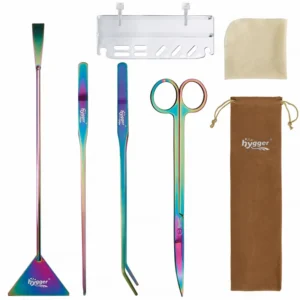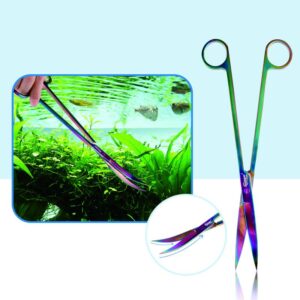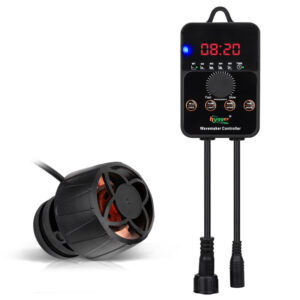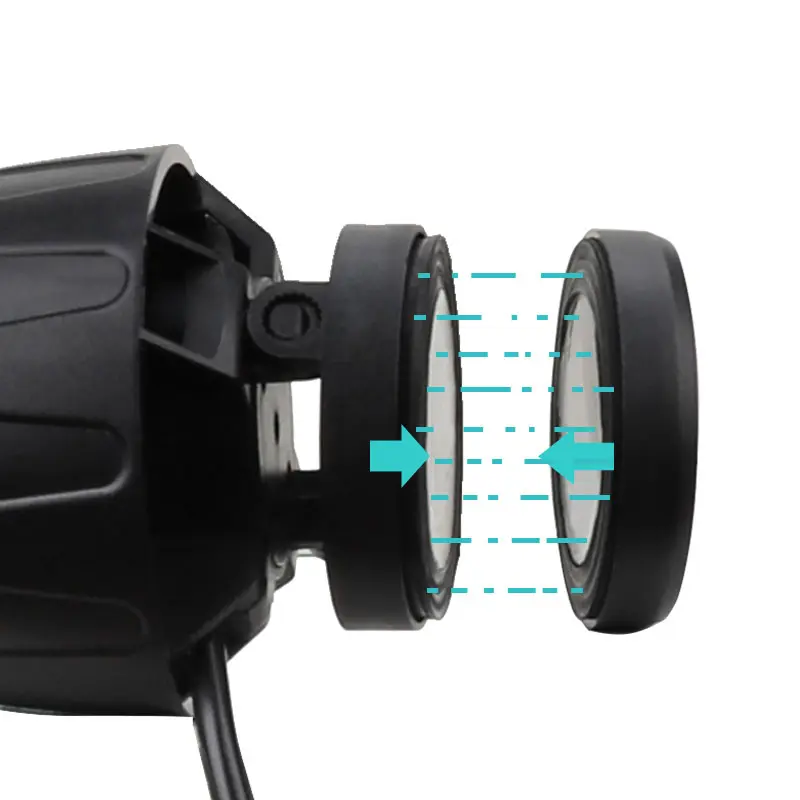Create a Carpet in Your Planted Tank
Aquarium carpeting is an item that has been used in aquariums and fish tanks for decades, and its popularity continues to rise today as more people continue to discover the benefits it offers. From improving the look of your tank to helping reduce cleaning time, it gives many other benefits. In this article, you will learn a complete procedure for creating a carpet in your planted tank.
What is an aquarium carpet?
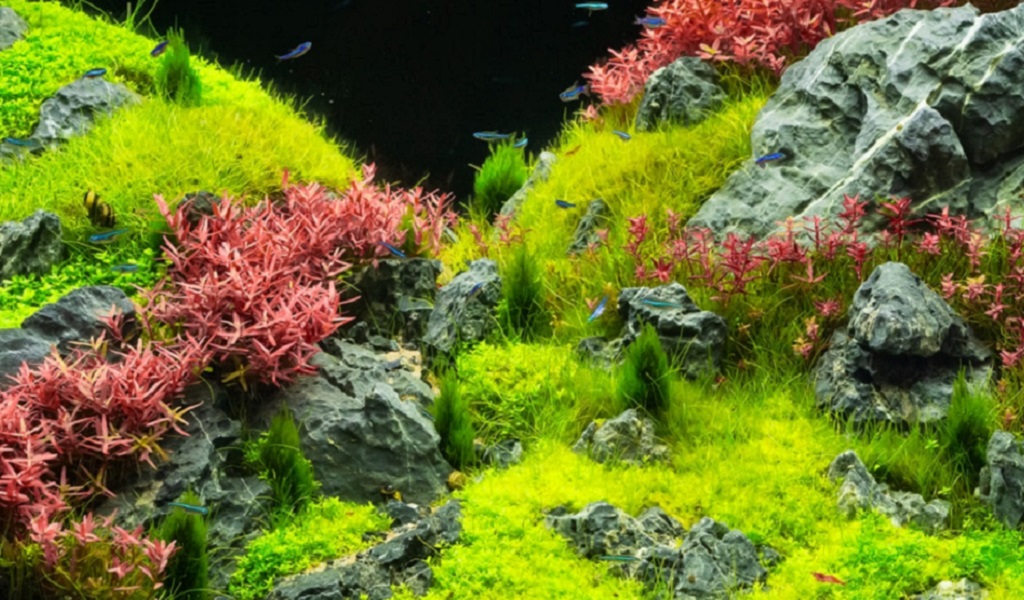
Aquarium carpet
An aquarium carpet is a type of mat that can be used in freshwater or saltwater tanks. Aquarium carpets are made to mimic nature in that they have different kinds of plants and rocks, all to provide a natural look to your tank. Aesthetically speaking, carpets help give more color and life to your home. They also provide cover for your fish so that predators cannot see them as easily, which helps reduce stress for both you and your fish.
Functions of aquarium carpet in a fish tank
Creating an aquarium carpet is one of the most important items that you need to take care of if you want to keep your fish healthy and happy. Although it may look like just another part of the fish tank decorations, there are 3 main hidden functions that you might not be aware of. Take a look at these 3 functions below:
1. Can improve the appearance of fish tank
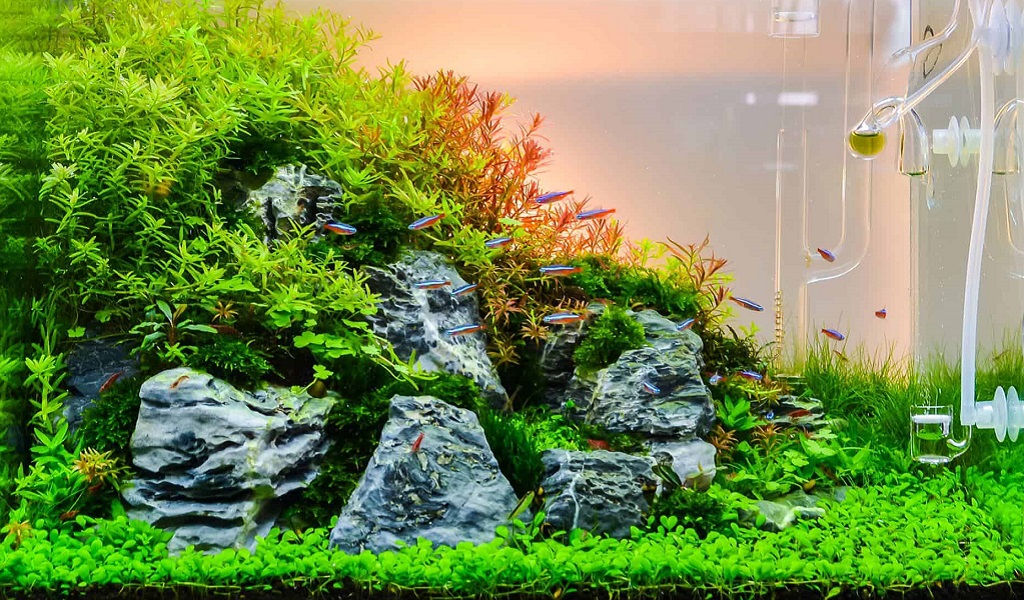
Improve tank appearance
Aquarium carpets are usually used to cover up unsightly gravel, but they can be more than that. Aquarium carpets come in a variety of shapes and sizes, which is great for those who want their fish tank to match the décor. The color combinations available make it easy to customize your carpeting and help bring out an amazing appearance when friends come over.
2. Protect fish from sharp objects
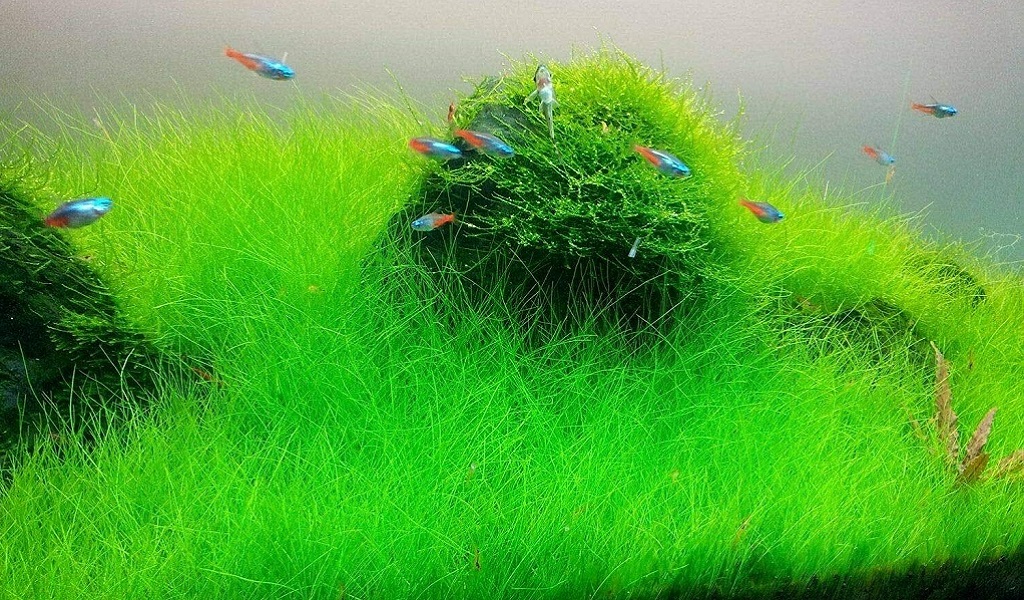
Protects fish
Aquariums are often filled with interesting ornaments, perhaps a coral reef or shipwreck. However, these objects can be potentially dangerous for small fish, as they can tear their fins and gills on sharp edges. To prevent injuries, we plant carpets in fish tanks. This will provide extra cushioning between sharp decorations and your fish’s delicate skin.
3. Filtration system for nitrates
The main reason you have an aquarium carpet is to function as a filtration system for nitrates. When debris from food, gravel, and even plants die off, they build up and pollute your water supply with nitrates. This can be dangerous to fish if left unchecked, so you must regularly clean out the internal filter or replace filter media. This will keep it running smoothly and help maintain a healthy environment for your fish.
Create a stunning carpet in your planted tank
An aquarium carpet can be the perfect finishing touch to your tank and will allow you to add more color and style to your aquarium. They are much easier to make than you might think, and with these 7 easy steps, you’ll be well on the way to adding one of your own in no time at all!
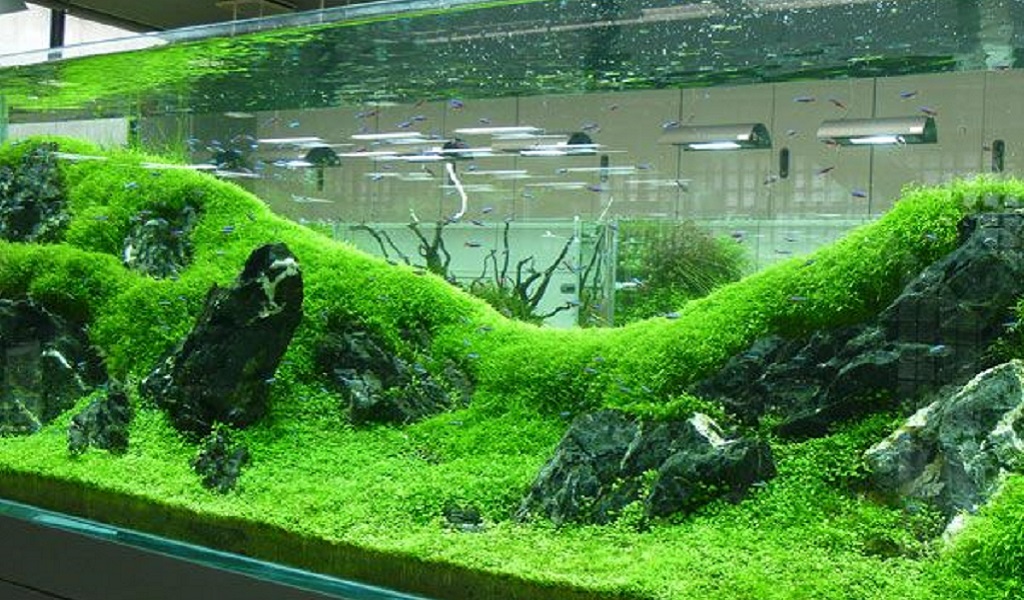
Create a stunning carpet
Step 1 – Decide on your idea
There are many different types of carpets that you can use to decorate a tank, and it’s important to first decide on which one you want. Some carpets come with special magnets that help create moving waves and currents, while others offer simulated landscapes or scenes. You may also choose to add some of your decorative items, such as shells or plants. What should be included depends on your tastes and preferences.
Step 2 – Collect your materials
To create a carpet, you need some kind of materials. Shredded coconut fiber works well for smaller tanks, and walnut or peat moss is great for medium to large aquariums. Don’t skimp on these products – the quality of your finished carpet will depend heavily on how nice your substrate is. You’ll also want to pick up an air pump, air stone, and tubing so that you can aerate tank water effectively. Finally, make sure you have an adequate filter system; while it isn’t strictly necessary, it will ensure that your tank stays clean and healthy over time.
Step 3 – Prepare the aquarium
The first thing you need to do is clean your aquarium and remove all traces of algae. To prevent algae from forming again later, fill your tank with clean water and let it sit undisturbed for several hours. Remove any aquatic life from your tank and wipe down every surface with a sponge soaked in bleach. You must remove as much debris as possible before planting your carpet since plant roots will get tangled up in these bits of the matter if they are present.
Step 4 – Add your rocks
Fill each section of your aquarium with approximately 10-15 lbs. of crushed coral, lava rock, or river rock. This will anchor your aquarium carpet so it stays in place while giving you tons of natural surface area, then beneficial bacteria can grow and remove nitrates from your water. If you don’t want to use rocks to create a carpet, consider using Eco-complete instead; it’s similar to crushed coral but doesn’t have any sharp edges that can damage or scratch aquarium carpeting.
Step 5 – Add your substrate
Now that you’ve got a nice base for your carpet, add about ½ inch of the substrate (or more if desired) over top of everything. You can choose from types of substrate, it depends on what type of fish you plan on keeping and how much money you want to spend on aquarium equipment. One popular option is Eco-Complete because it provides an ideal environment for plants as well as fish.
Step 6 – Add your plants
Since most aquatic plants have tiny root systems, it’s best to use an aquarium carpeting substrate instead of soil. Choose three or four types of plants that can live together in harmony. For example, dwarf hair grass looks great when planted alongside Java ferns, Amazon sword plants, and Anubias barteri var. nana. Place one plant in each quadrant of your aquarium and anchor it into place using small rocks or gravel. Be sure to keep track of which plants go, so you don’t accidentally mix them up later on. Also, be sure to leave enough space between each plant, so their leaves don’t touch one another; otherwise, they’ll begin competing for nutrients and die off more quickly than expected.
Step 7 – Caring for it over time
Once you’ve planted your carpet, all that’s left to do is sit back and enjoy your new addition. To keep it looking its best over time, make sure you change out 10% of your water every week or two. This will help prevent algae growth, which can cloud up an otherwise clear tank. You can choose from the Top 10 Great Aquarium Plants for Carpeting to start your tank carpeting.
Maintain an aquarium carpet in a planted tank
Follow the below tips to maintain your aquarium carpet:
1. Set up the filter
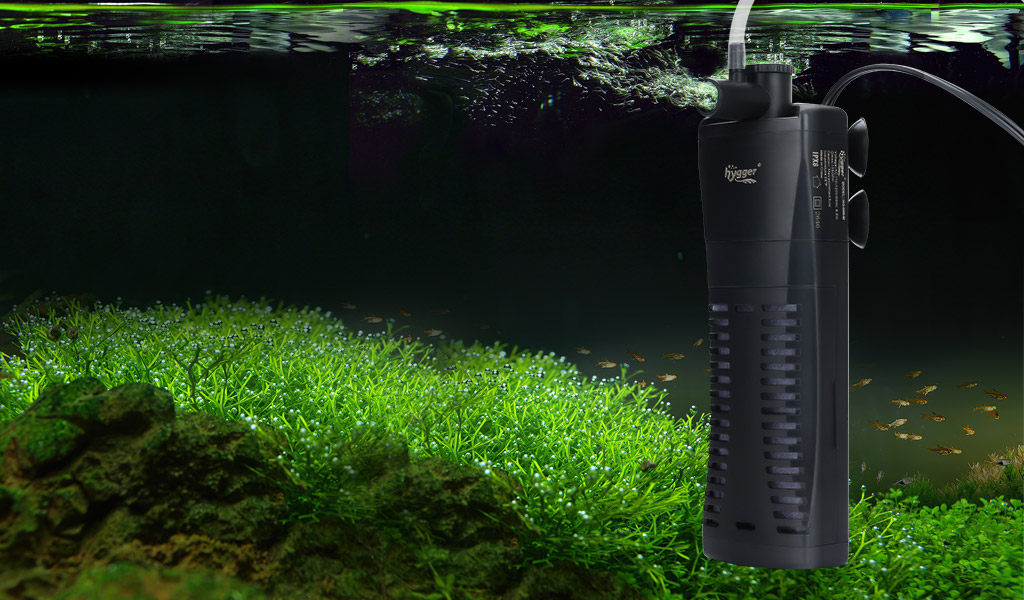
Set up a filter
After you’ve obtained your fish and aquatic plants, it’s time to set up your filter in the tank. The setup process will vary depending on what type of tank you buy and where you plan on putting it, but with basic maintenance and care, you should be able to maintain an aquarium for years. While tank setup can be done alone, it is recommended that anyone looking to set up their live aquarium has at least one other person available for assistance.
2. Check for algae
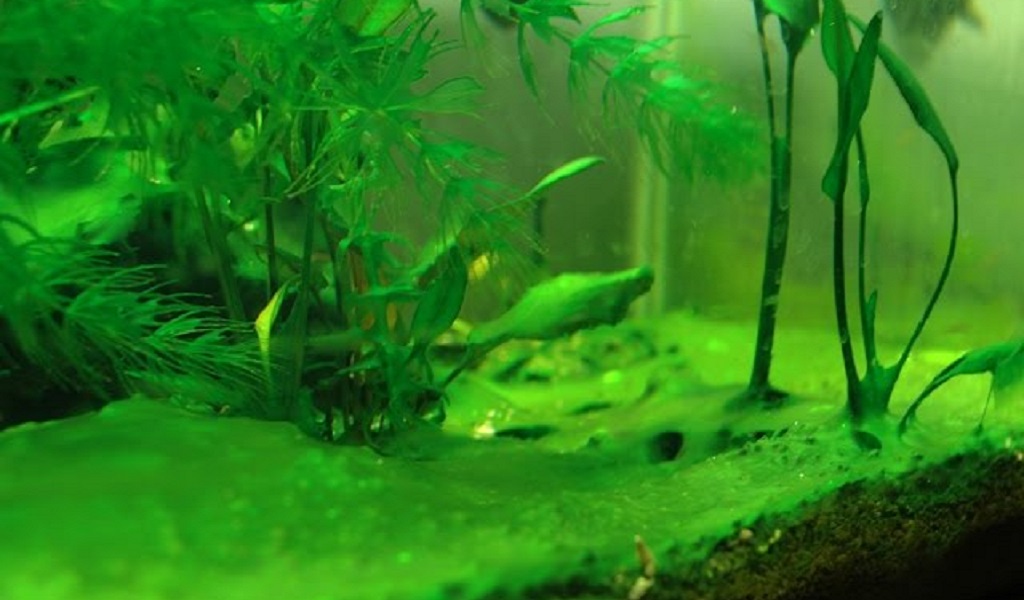
Check algae
As mentioned above, algae can be dangerous for your fish. Algae releases toxins into the water that can kill off small fish and make larger ones very sick. Be sure to keep an eye out for any on your aquarium carpet and remove it immediately if you see it. If you do not have a filter, which is usually responsible for keeping algae at bay, it may be time to add one. Adding proper aquarium light to your tank will also help with preventing algae growth. This might mean turning up your tank lights or adding additional lighting fixtures.
3. Test water parameters
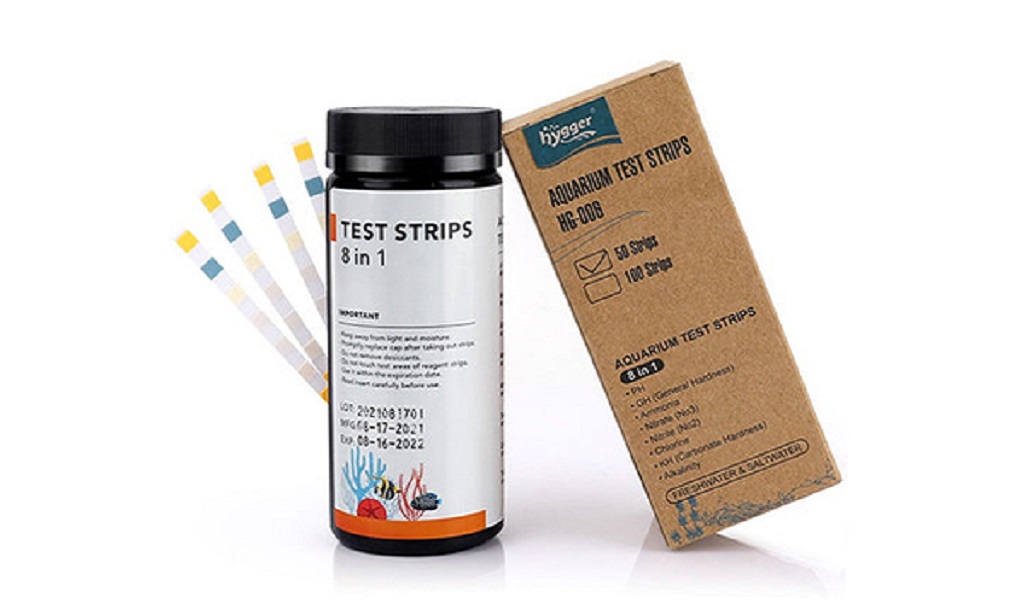
Water test kit
To maintain your aquarium carpet and keep it healthy, you must regularly test fish tank water. This is especially important in saltwater tanks, where salinity must be carefully maintained at all times. If you notice that your tank has started to develop unsightly brown spots or patches, something has likely gone wrong with its water chemistry. In most cases, however, simply topping off your tank with fresh water will help bring things back into balance.
4. Remove debris
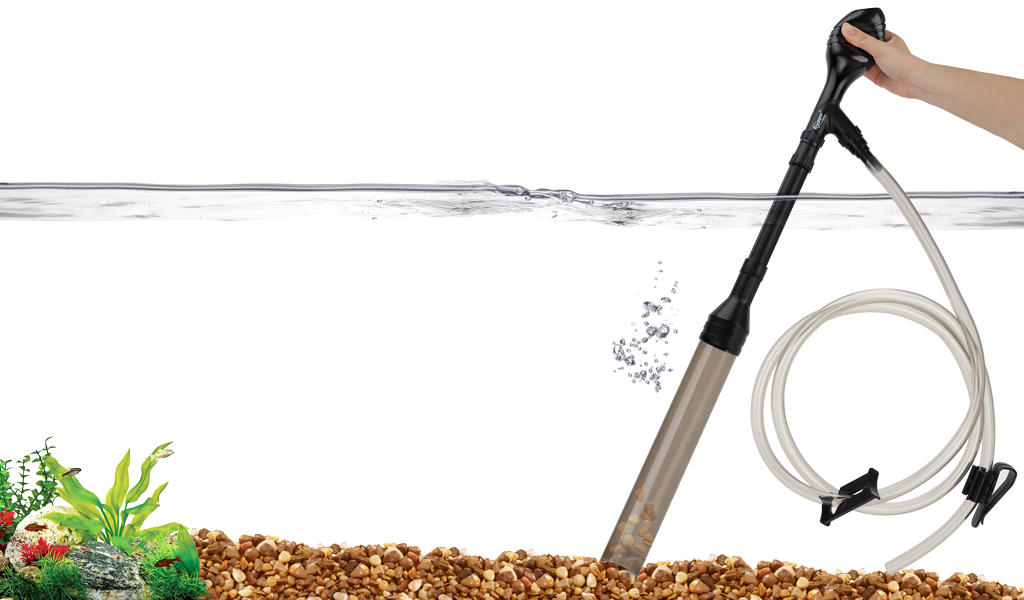
Vacuum cleaner
To maintain your carpet, you’ll need to remove excess debris. You can do so with a vacuum cleaner or by using a hair dryer (or any similar hot appliance) for spot cleaning. This step is essential for maintaining your beautiful aquarium carpet and avoiding water buildup caused by dirt.
Final words
Carpets are another easy way to have live plants in your aquarium. They make the aquarium look great, help with oxygenating the water, and can be very pleasing to the eye if done right. However, there are some things you should keep in mind before deciding to carpet your tank with plants. Also, it’s important to know how to properly care for these plants, so that they can stay healthy and continue adding beauty to your tank. Hopefully, this article has helped you learn how to add carpet plants to your planted tank!

